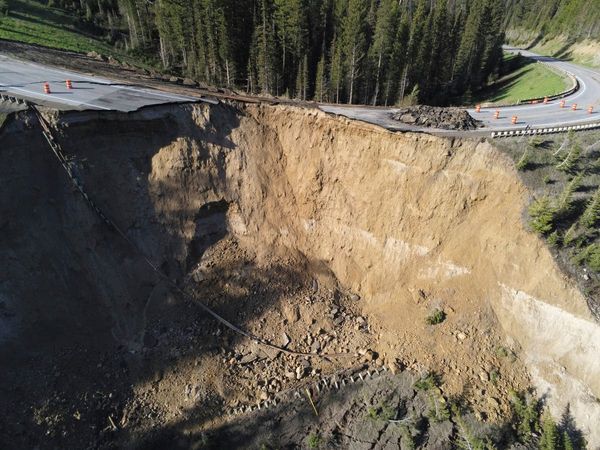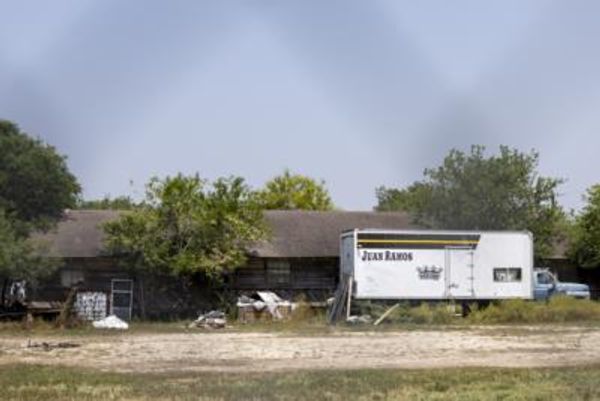
It’s not just the rent that’s too damn high—so are home prices, according to a major ratings agency. But the economic landscape this year means that’s unlikely to change soon.
National home prices were 9.4% “overvalued”—meaning their price does not align with the property’s actual value—in the second quarter of this year, according to a new Fitch Ratings report released Wednesday. And with prices still rising, the ratings agency said it “expects overvaluation to remain” in the coming quarters.
Even as the average 30-year fixed mortgage rate briefly topped 8% this year, U.S. home prices surged 6.7% between January and September, according to the Case-Shiller U.S. National Home Price Index. And data from the National Association of Realtors (NAR) shows median existing-home price for all types of housing jumped for the fifth consecutive month in November, rising 4% from a year ago to $387,600.
"Home prices keep marching higher," NAR’s chief economist Lawrence Yun said in a statement, arguing that "only a dramatic rise in supply will dampen price appreciation."
Fitch Ratings also expects national home prices to rise as much as 3% next year, and another 2% to 4% in 2025. “This will continue to impact affordability, particularly for entry-level and first-time homebuyers, thereby constraining demand,” the ratings agency wrote in its Wednesday report.
Fitch found that price increases and high mortgage rates left U.S. homes overvalued in 88% of the country's metropolitan statistical areas (MSAs) in the second quarter. And more than half of these MSAs were overvalued by 10% or more. The top three? They’re not major cities like New York City or Los Angeles, but Charleston, South Carolina; El Paso, Texas; and Camden, New Jersey.
A difficult outlook for homebuyers
Rising U.S. home prices and higher mortgage rates have combined to destroy home affordability over the past few years. In October, Americans’ average monthly mortgage payment climbed 10.6% from a year ago to $2,259, according to NAR. That’s compared to a mere 2.1% rise in the median household income over the same period.
And with mortgage rates still above 6.5%, compared to just 3% in January 2022, NAR's Housing Affordability Index has fallen to just 91.4. That’s not great news considering any level below 100 means the average U.S. family cannot afford a median-priced home.
There’s no mystery as to why home affordability keeps declining. As Fitch explained Wednesday, the “persistently high mortgage rate environment and the sustained pressure of elevated home prices,” coupled with a “stagnant supply” of existing homes, has made for an out-of-reach housing market.
The U.S. has faced a serious housing shortage for years, with experts estimating the market needs between 2.1 million and 6 million additional units. “Most Americans can’t afford the typical house, according to the National Association of Realtors’ Affordability Index—but the minority who can face slim pickings in the existing home market,” Bill Adams, chief economist for Comerica Bank, said Tuesday.
However, there has been some encouraging news from homebuilders in recent months. “The extreme lack of existing inventory on the market continued to support newbuild demand and construction activity in November,” Thomas Ryan, a property economist at Capital Economics, explained Tuesday. Total U.S. housing starts rose 14.8% from October to November, to 1.56 million units, their highest level since May.
“With the nation facing a considerable housing shortage, boosting new home production is the best way to ease the affordability crisis, expand housing inventory and lower inflation,” NAHB chairman Alicia Huey, a custom home builder and developer from Birmingham, Alabama, said in a statement discussing the building boom.
However, Capital Economics’ Ryan warned that he still expects existing inventory to remain “extremely tight” even if “mortgage rates continue to fall next year.” And Jefferies’ senior economist Thomas Simons cautioned in a note this week that although the recent data from homebuilders is “certainly encouraging, and suggest that a critically, chronically under-supplied market is about to find some relief, we are skeptical that we will see this strength persist.”
Overall, the outlook for housing affordability remains shoddy at best, as Lisa Sturtevant, chief economist with the real estate listing service company Bright MLS, previously told Fortune.
“We are still not building enough new housing to keep up with demand. A lack of sufficient new housing construction drives rents and home prices up, making it difficult for individuals and families to find housing they can afford,” she said.







